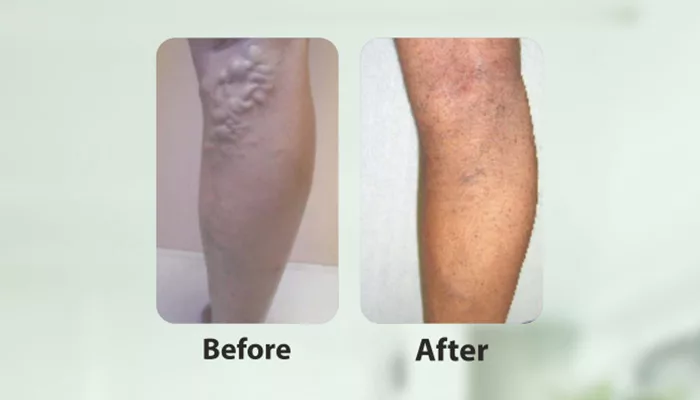Invasive treatment for Peripheral Vascular disease
August 30, 2020
The term peripheral vascular disease is commonly used to refer to peripheral artery disease or peripheral arterial disease (PAD). Endovascular treatments are performed to treat PAD. They are simple and effective medical procedure and are inside the blood vessels. This treatment can be used to treat peripheral arterial disease or PAD. PAD occurs in arteries that carry blood to the arms and legs and is a common type of vascular problem. The condition is triggered when the blood vessels narrow or are blocked due to plaque. It leads to painful condition, known as atherosclerosis.
Interventional treatment is essential for patients who showcase PAD symptoms. These symptoms include excessive pain and tissue loss which worsens due to circulation loss. Generally, endovascular treatments are seen as a last resort and opted for only after patients doesn’t respond to conservative therapy.
Read on to know all about PAD and the invasive treatment used to cure it.
Reasons and Risks
There are several reasons behind PAD, and numerous risks involved in case one is suffering from the condition. We have listed both below;
- Unhealthy lifestyle, increase in calorie and carbs, no physical activity
- Obesity
- Increase in blood pressure and blood sugar levels
- Sleeping disorders and breathing problems
- A history of heart diseases in the family
- Hormonal imbalances and other abnormalities
The Procedure
An endovascular procedure uses a catheter, which is a long, thin tube. It is done inside your artery. The doctor would first anaesthetize you and then make a small incision in the groin through which the catheter is inserted inside slowly. This helps the doctor find his way to the blood vessels which have been blocked or damaged and clear it out effectively.
The surgeon will begin endovascular treatment after identifying the crux of the issue. There are two major ways of achieving this- stenting or balloon angioplasty. The blocked artery is cleaned and widened by pressing a plaque against the vessel wall in in balloon angioplasty. The pressure is exerted using a balloon which was inserted with the catheter. Sometimes, the doctor might also place a stent, or mesh wire tubes inside after the angioplasty to support the cleared vessel and keep it open.
Such endovascular methods are beneficial for several younger patients who want the fastest recovery and no risks. The recovery period of the patient after the minimally invasive approach is roughly two weeks. This is hence very quick and efficient when compared to an open-heart surgery which takes six to eight weeks to recover from.
What to Do In Severe Cases?
In case PAD is not treated via the above-mentioned procedures the doctor would have to resort to surgery. A cursory physical examination and thorough check-up and ultrasound are also necessary to gauge the location and seriousness of the blockage. A series of blood tests are also required to check blood sugar and pressure. It is only after the doctor is 100% convinced that the body is suitable for the surgery will he perform the procedure.
The surgery takes a few hours and the recovery period is roughly a few weeks depending on the patient’s resilience and strength. During the recovery period, the patient has to strictly conform to the restrictions laid down by the doctor. This would involve bed rest, no strenuous activities, a healthy diet and plenty of light breathing exercises.
You might also be given a list of meds that you have to take on a daily basis. These medications are usually prescribed to monitor your cholesterol levels, blood pressure, sugar and pain relief.
Some Precautionary Measures
PAD and other heart problems are more common than one would think. Blame it on pollution or our unhealthy lifestyle but the fact remains that we’re all prone to cardiovascular diseases. It is better to be safe than sorry. Here are a few precautionary measures one can adapt to safeguard themselves and their loved ones from cardio-related issues;
- Refrain from smoking, alcohol and other addictions
- Maintain a balanced sleep cycle
- Avoid oily, fatty food and junk food
- Go for regular check-ups
- Include greens and fruits in your diet
- Be hydrated
- Practice meditation and yoga to curb stress levels.
Interventional treatment is essential for patients who showcase PAD symptoms. These symptoms include excessive pain and tissue loss which worsens due to circulation loss. Generally, endovascular treatments are seen as a last resort and opted for only after patients doesn’t respond to conservative therapy.
NOTICE BOARD
CONTACT US
CONTACT US
 Book Appointment
Book Appointment


.svg)
.svg)
.svg)
.svg)








